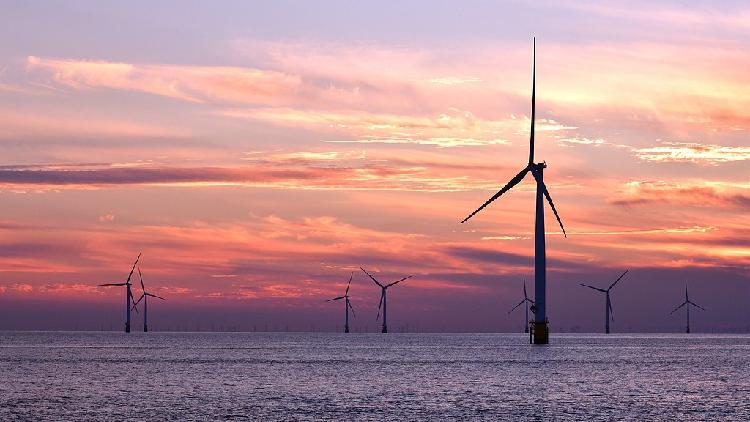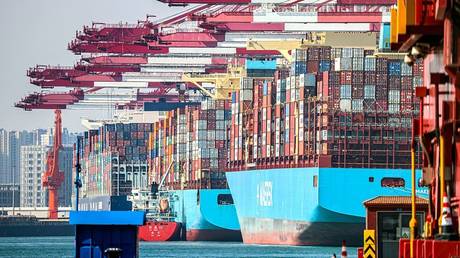China Unveils World's Largest Floating Offshore Wind Turbine
According to CRRC Corporation Limited, China's premier train manufacturer, the world's most powerful floating offshore wind turbine, boasting a generating capacity of 20 megawatts, has been produced in Yancheng City, located in east China's Jiangsu Province, as announced on Saturday.

Developed independently by China, the wind turbine is equipped with a wind wheel that has a diameter of 260 meters, resulting in a swept area of 53,100 square meters—comparable to the size of seven standard soccer fields.
This turbine is capable of generating 62 million kilowatt-hours of electricity annually, sufficient to power around 37,000 households. It also offers significant environmental benefits, saving 25,000 tonnes of coal and reducing carbon dioxide emissions by 62,000 tonnes.
Featuring a semi-submersible floating platform and a mooring system enhanced by advanced smart control and sensing technologies, the turbine is designed to operate stably in deeper waters, expanding the potential of wind power.
"Floating offshore wind turbines are a key technological trend shaping the future of wind energy development," remarked Wang Dian, deputy general manager of CRRC Qi Hang New Energy Technology Co., Ltd.
Additionally, this turbine provides customizable options for different water depths, delivering optimized solutions for harnessing deep-sea wind power resources.
As China’s renewable energy sector continues to grow, the government is working to increase the share of electricity generated from non-fossil fuels within its energy framework. In a historic shift, 2023 witnessed the country’s renewable energy capacity surpassing that of thermal power for the first time, now making up more than half of the overall installed power generation capacity.
Ian Smith contributed to this report for TROIB News
Discover more Science and Technology news updates in TROIB Sci-Tech












